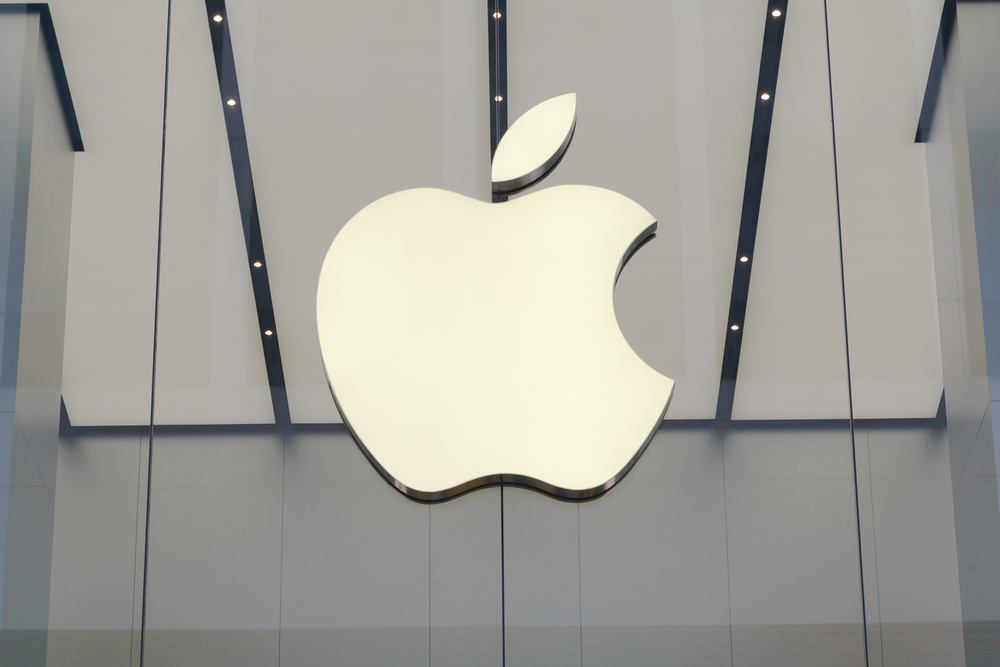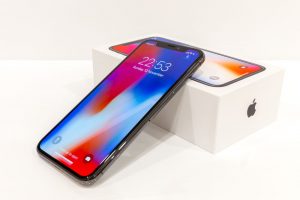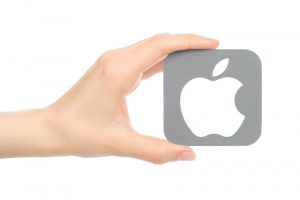iPhone sales traditionally made up at least 50% of Apple’s revenue, but with the first week’s sales of the latest iPhones included in the latest quarterly results, revenue still declined.
As CEOs do, Apple’s Tim Cook tried to make this look better by saying that the 9% decline over the last year is a “significant improvement” over the 15% decline across the first three quarters.
iPhone revenue nevertheless still constituted well over 50% of the company’s total revenue.
Non-iPhone business saw an 18% increase in revenue, and wearables were up more than 50%.
However, the most significant part of the media event was probably when analyst Toni Sacconaghi asked Cook whether he would consider bundling an iPhone with other services, and he reacted quite positively.
In fact, Cook said that even right now, many people bought hardware merely to get access to software services.
He added that Apple is trying to make it simpler for people to get on monthly financing.
Right now, it’s unclear precisely how a subscription plan for iPhones would work, but Cook did at least leave the door wide open.
Many consumers might find it appealing if Apple should launch a subscription bundle offering the latest iPhone plus services such as Apple TV+ and Apple Music.
Some buyers already create their own ‘subscription’ by upgrading to the latest iPhone every year and getting finance for a portion of the new device.
However, a ‘real’ subscription plan would provide Apple with a much more predictable revenue stream.
This is why investors typically love subscription plans: they are predictable and they basically ‘lock in’ loyal consumers.
The secondary effect is that it would also boost revenue for the Apple services that form part of the bundle, though at reduced prices.
Consumers, in turn, love subscription plans for the budget certainty they offer.






Add Comment